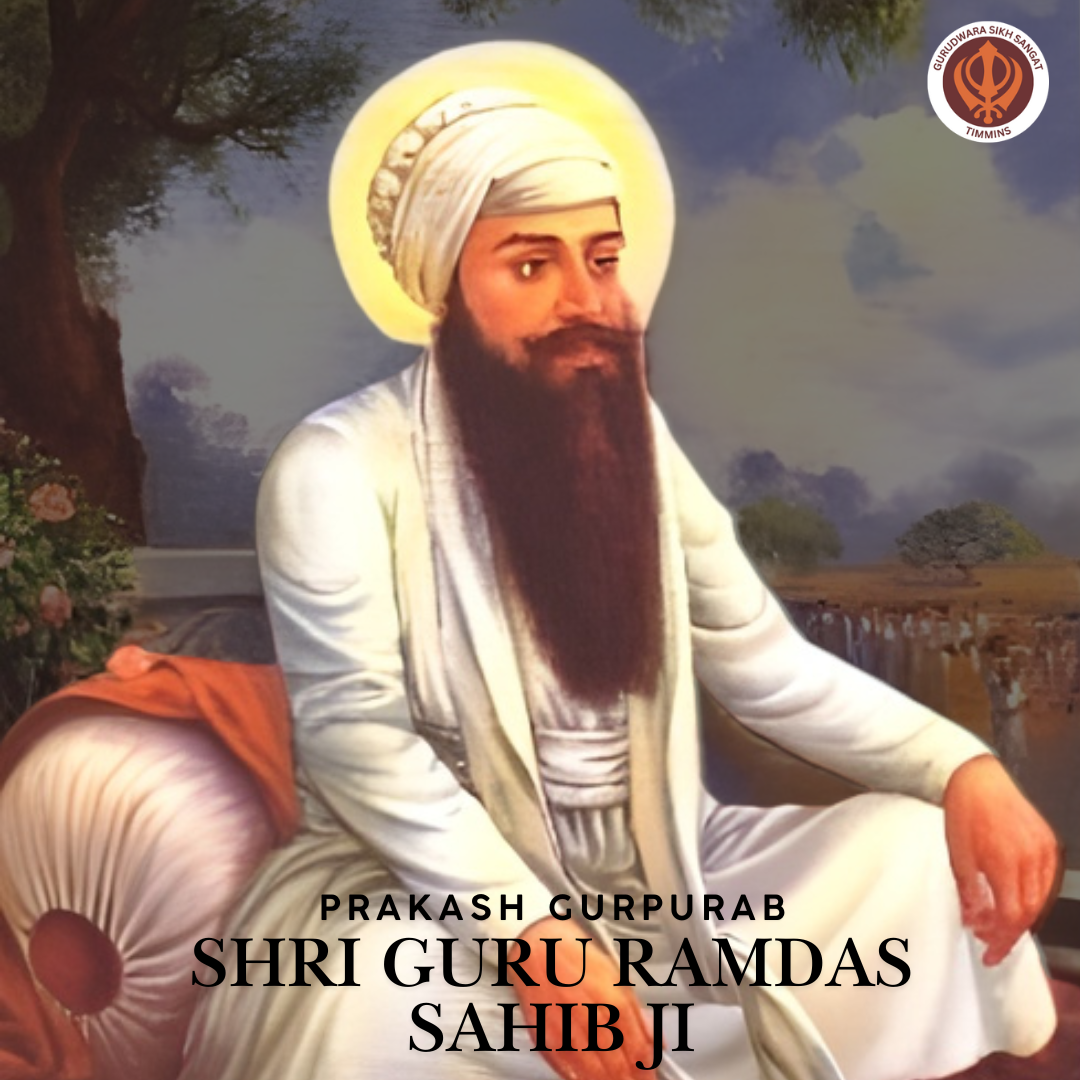

Prakash Gurpurab – Shri Guru Ram Das Ji (8 October 2025)

Prakash Gurpurab for Shri Guru Ram Das Ji is a gentle, joyful time in the Sikh year – a day when communities gather to remember a leader whose quiet devotion and tireless service left a deep mark on Sikh life. On October 8, 2025, congregations will come together not for spectacle, but to listen, to sing, and to renew the simple practices the Guru taught: humble service, devotion in everyday work, and building places where people can meet as equals. The day has a calm strength to it; it asks us to slow down and consider what it means to turn belief into action.
Guru Ram Das Ji’s life is a story of heart and handiwork. He was a builder of communities – not only in the literal sense, helping found the city that became Amritsar and setting the early foundations of the Harmandir Sahib, but in the quieter, day-to-day sense of creating shared spaces where food, prayer and practical care came together. He taught that spirituality is lived in kitchens and courtyards as much as in verse: feeding the hungry, opening doors to strangers, and showing leadership through service. Those practical lessons are why his Gurpurab is not only a memorial but also a call to continue the work he began.
At gurdwaras on this day the air is full of kirtan and the rhythm of community life. Hymns are sung, the Guru Granth Sahib is honored, and people move in and out of the langar kitchen where vast pots are stirred and chapatis are rolled with steady hands. The focus is on devotion that reaches into the everyday – the daily chores become acts of worship, and the sharing of food becomes a living sermon about equality. There is also much storytelling: elders recount episodes from the Guru’s life, about how he treated the poor, how he organized the community, and how his humility shaped the institutions Sikhs still rely on.
One theme that lingers through the day is humility in leadership. Guru Ram Das Ji did not command from a pedestal; he built from the ground up. He showed that leading by serving is not a sentimental idea but a practical strategy for creating resilient, caring communities. That lesson resonates now when institutions and neighborhoods need people who will roll up their sleeves and organize soup kitchens, community halls, vaccination drives, and other essentials that keep society healthy. The Gurpurab reminds us that faith and public life are not separate realms but parts of one practice.
Another thread is the importance of song and scripture. Kirtan during Gurpurab is not background music – it’s the day’s conversation. The hymns carry teachings about love, courage, and remembering the Divine in every action. People leave services quieter, not because the music is soft, but because it has given them something to hold: a line of a shabad, a phrase to come back to in moments of stress or decision. For many, that small, repeatable practice is the most valuable gift of the Gurpurab.
The day also reaches beyond the gurdwara doors. Many who observe the Gurpurab use it to reconnect with family, to visit those who live alone, and to bring food to people who might otherwise go hungry. In places far from Punjab, diasporic communities gather and recreate the same spirit – boiling huge vats of dal, laying out long rows of mats, and ensuring that everyone who arrives is welcomed and fed. In those acts of hospitality you can see how the teachings translate into real care: the faith remains alive because people make it so by doing.
On this Gurpurab, the invitation is simple: take the spirit of Guru Ram Das Ji into the week that follows. That might mean volunteering in a community kitchen, helping a neighbour with groceries, or taking a moment each day to remember a line of scripture and let it shape a small choice. The Gurpurab is not only about remembering a figure from history; it’s about letting his example change how we treat each other now. When communities gather on October 8, 2025, they will be celebrating a legacy that still asks us to put service, humility, and steady love at the centre of our lives.